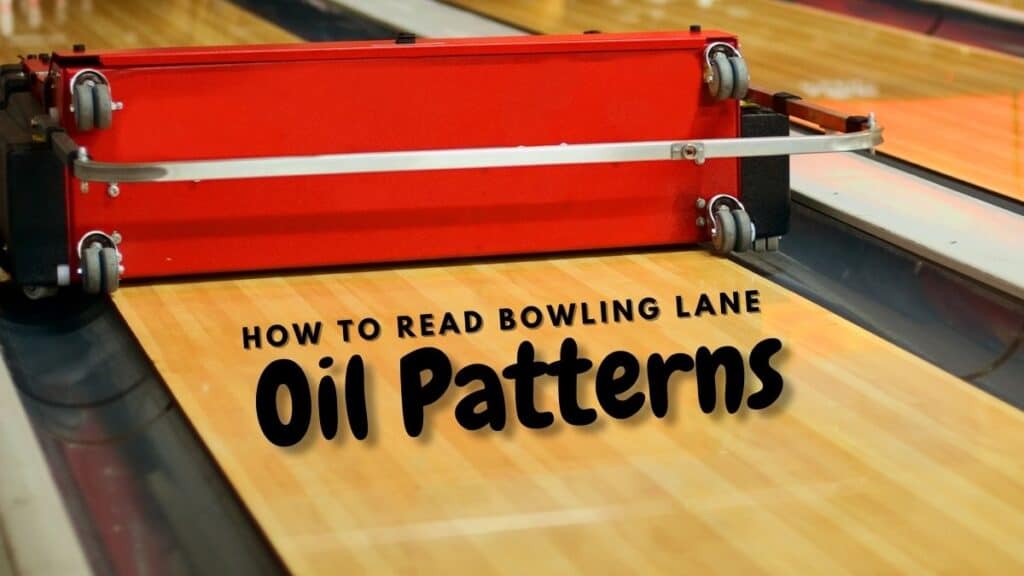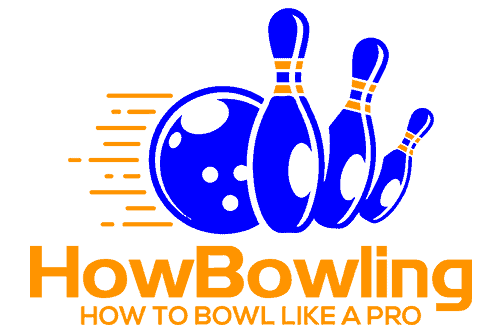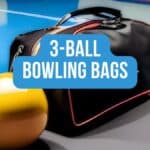How do you read an oil pattern and use it to improve your bowling game?
The oil pattern is how the bowling lane is coated in oil. This helps you determine how you should plan your throw by showing you how the ball will roll on that lane. You should look at how much oil is on the lane, where it is, and how it will affect your throw.
Reading a bowling lane oil pattern is the key to improving your bowling game.

How Can You Tell How a Bowling Lane Is Oiled?
You can tell how a bowling lane is oiled by looking at the lane’s pattern sheet. There are different patterns that can be used depending on how your bowling alley’s mechanic has programmed the lane machine.
You need to look at two things if you want to tell how a bowling lane is oiled. You need to look at the length of the pattern, and you also need to look at the volume of oil that has been used in each unit.
Generally speaking, the oil pattern will have the middle of the lane heavily saturated with oil. The outsides of the lane are more lightly coated in oil. This is because this pattern lets bowlers get a better hook from the outside. Depending on the specific pattern used, this can also help bowlers correct mistakes and bad throws.
What Are the Different Oil Patterns on Bowling Lanes?
There are many different types of oil patterns that you will find on bowling lanes. However, there are two popular organizations that account for the majority of the oil patterns that you will see. They are PBA (Professional Bowlers Association) and Kegel.
The PBA has two different types of patterns, Animal and Legend. You can find them both on their website, although you must sign up to view the pattern.
The PBA’s Animal patterns are:
- Bear
- Chameleon
- Cheetah
- Dragon
- Scorpion
- Shark
- Viper
- Wolf
Meanwhile, their Legend patterns are based on the names of famous professional bowlers:
- Carmen Salvino
- Chris Paul
- Dick Weber
- Don Carter
- Don Johnson
- Earl Anthony
- Johnny Petraglia
- Mark Roth
- Marshall Holman
- Mike Aluby
- Wayne Webb
Want to be a professional bowler? Check out this article: How to Become a Professional Bowler.
The Kegel brand has a wider variety of patterns. They primarily organize their patterns by difficulty where they have easy, medium, and hard patterns. You can find their directory of patterns here on their website.
What Type of Pattern Does Your Lane Have?
You do not need to worry about being able to look out at the lane and automatically tell what the lane’s oil pattern is. Instead, you can figure out the pattern by looking at a publicly posted graph in the bowling alley.
Suppose, for whatever reason, the graph is not posted in a visible place. In that case, you can ask an employee or owner of the bowling alley for a copy of the graph. You can also ask for the name of the pattern so that you can look the pattern up online.
Once you get ahold of this pattern sheet, you will know how long the pattern is and what parts of the lane are more saturated than others. You need to pay attention to these two factors because they are critical in determining how you should bowl with this lane.
Understanding the Rule of 31
You will have to adjust your bowling strategy depending on what lane pattern you see. The best way to do this is to follow the Rule of 31. The Rule of 31 says you should look at how many feet are covered by the pattern and subtract 31 from that.
This helps you figure out where the ball will start to break and where you should aim your bowling ball so that it will turn in time to strike the pins at best possible point.
You can read an in-depth article on the topic here: Understanding the Rule of 31 in Bowling.
House Patterns and Sport Patterns
The level of skill of the bowlers at the lane will also play a role in what patterns are used.
If you are bowling for fun or in a recreational league, you will likely encounter what is called a “house pattern.” This is very different from the type of pattern that you will see in professional bowling leagues, which is called the sport pattern.
House patterns are much easier to play on, and they have a wider margin of error for the bowler than sports patterns. Sport patterns are designed to challenge even the best bowlers globally, and they allow for no room for error.
What Is the Hardest Bowling Lane Pattern?
This is a hard question to answer because they can all be difficult, depending on your skill level. As you develop your skills as a bowler, you will build your own unique style. This will be a special way to move and throw your ball down the lane.
Because every bowler’s style is unique, the type of pattern they will struggle with the most is different for everyone. Some bowlers thrive on long patterns of heavily saturated lanes.
Other bowlers do better when the lane has a short oil pattern. Some bowlers do well with the oil concentrated on the center of the lane, and some bowlers do better with the oil on the outside of the lane.
Adjusting to the Pattern
One of the most critical skills you can develop as a bowler is adjusting your game to match the oil pattern on the bowling lane.
The best way to do this is by consistently practicing. However, there are also some other things to keep in mind.
When you have a long pattern, you have less room to hook the ball. If it is a short lane, you have more room to hook the ball. This might mean that you have to adjust your stance and the way that you throw the ball, depending on the lane pattern.
Want to learn how to hook? Check out his article: How to Hook a Bowling Ball
If it is a lane with lots of oil on it, you should try to focus on throwing the ball as straight as possible. If the lane is drier, you want to focus on speed over accuracy.
No matter what, you will have to do a few practice shots on your lane to figure out your best strategy for bowling on it.
Final Thoughts
If you want to improve your bowling game, you have to be able to read the oil lane pattern for your lane. This tells you how much oil is on the lane, where the oil is, and how it will affect your throw.




